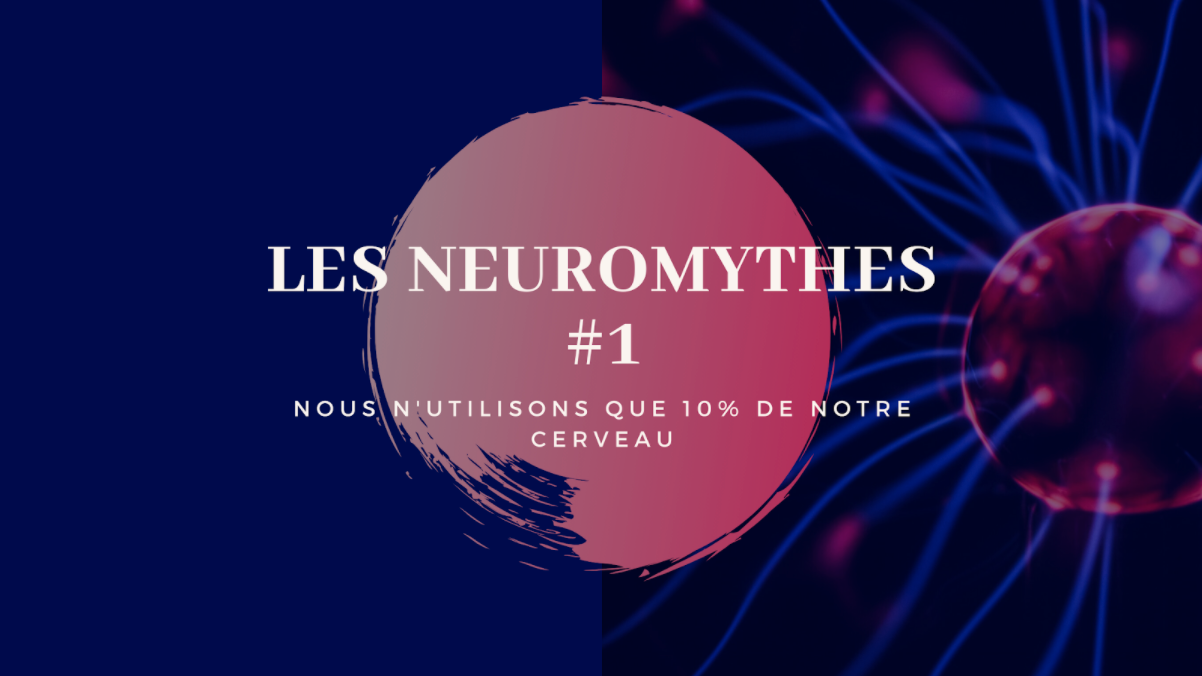Reading time: 3 minutes
One of the most common myths about the brain is that we only use 10% of our brain, while the other 90% sits quietly in its corner, waiting to be unlocked by who knows what magic trick.
One of the reasons for this myth is that, a few decades ago, researchers and scientists didn’t know what the majority of our brain regions were used for. When lesions were caused to these regions, no physical, motor or sensory consequences were perceived. Visually, there was no change at all. So, for a long time, we assumed that these regions were useless. Years later, research (and some unfortunate accidents, as in the case of Phineas Cage) finally brought to light the functions of these regions, particularly those of the frontal lobe, which was supposedly useless and which, in the end, is responsible for abstract reasoning, planning, decision-making and flexibility in the face of the environment, among other things. The slightest lesion in the brain has an impact on our abilities, which clearly shows that each region is exploited and has its own role to play.
In short, at the risk of disappointing some who believe in their hidden potential, we do use 100% of our brain.
AN ENERGY-HUNGRY BRAIN
A first piece of evidence that we are using 100% of its potential is when we look at all the energy the brain needs. Our brain consumes 20% of the glucose our body burns every day. In all, it consumes 10% more energy than the rest of our organs. This energy expenditure shows that it is constantly active, and that this activity is very powerful.
However, not all our neurons are active at the same time. That would require too much energy, and we’d risk overheating. 100% of our brain is useful throughout the day, or at least the week. But at any given moment, we’re only using around 5% of our neurons, depending on the task we’re doing: reading, writing, watching TV, chatting with colleagues and so on. And if we add up all our activities over the course of a week, 100% of our brain is useful and, above all, is used regularly.
DECEPTIVE PLASTICITY
The idea that we only use 10% of our brain may also stem from the concept of brain plasticity. Connections between neurons are made and broken quickly and regularly according to our environment and experiences, reinforcing certain abilities or skills, or on the contrary destroying links between neurons that are no longer useful. These connections have unlimited potential, hence the idea of a vast potential to be exploited.
AN EVOLUTION TO BACK IT UP
Finally, if we look at Man from an evolutionary point of view, this hypothesis cannot be true. Evolution doesn’t like useless things, and so anything that doesn’t have a clear and useful function for several years is bound to disappear. For example, we lost a few teeth between prehistoric times and the present day, since thanks to fire and cooking, we no longer need as many. In view of the energy required by a brain, if only 10% of it were useful to our species, it would have shrunk in size long ago and only kept the 10% it was used for.
Myths are, by definition, rooted in collective belief. This series is here to deconstruct them. 100% of your brain is well used, yet you can still develop certain abilities or skills, such as learning an instrument or memorizing a new car journey, thanks to brain plasticity.

